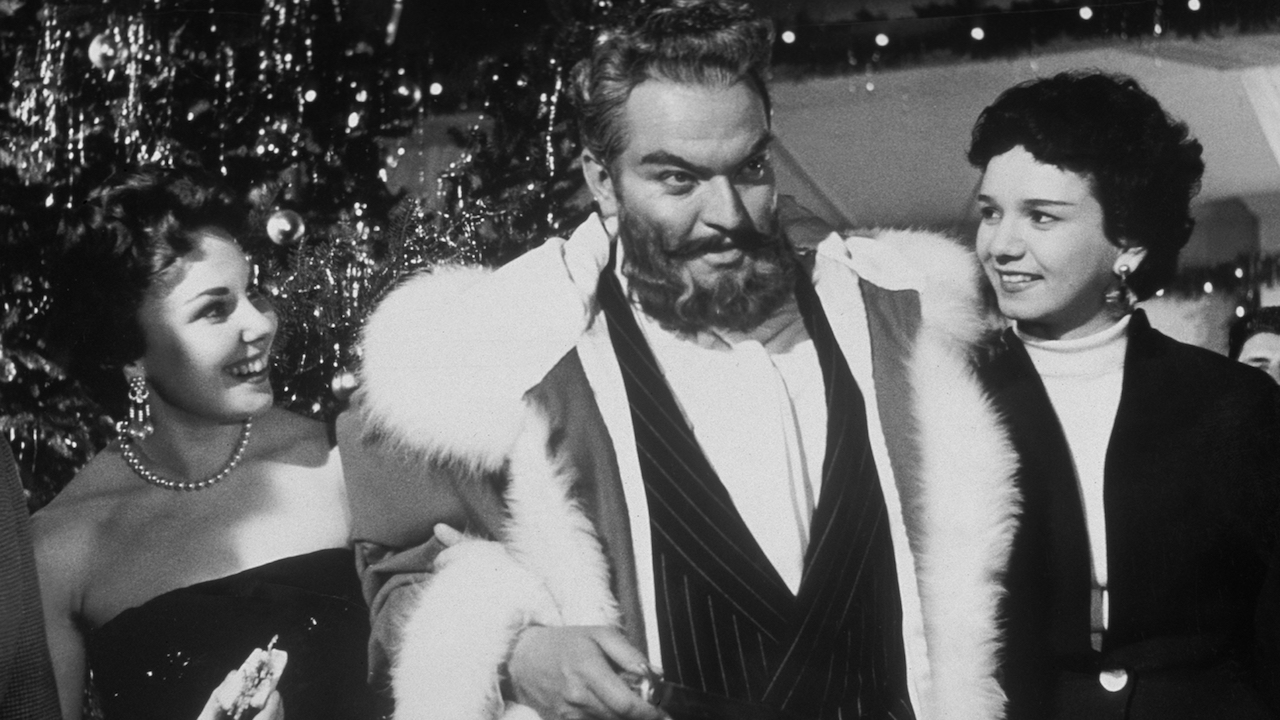One of these days, we need to have a long, hard discussion about the extent to which the establishment press (The New York Times, The Atlantic, and too many others to count) enabled this mess—first by building up the mythology of the Tech Messiah, and more recently by going all-in on the sane-washing of techno-optimism as “abundance.”
Tesla says shareholders approve Musk's $1 trillion pay plan with over 75% voting in favor
Lora KolodnyTesla said shareholders voted in favor of CEO Elon Musk’s almost $1 trillion pay plan, with 75% support among voting shares.
Board members recommended shareholders approve the pay plan, which they introduced in September. Top proxy advisors Glass Lewis and ISS recommended voting against it.
Results of the vote were announced on Thursday at the company’s annual shareholders meeting in Austin, Texas.
A few points we’ve made before, but which bear repeating:
It is impossible to justify Tesla’s current market cap—let alone the proposed compensation package—based on the company’s existing lines of business. The only plausible arguments rest on the assumption that Tesla will achieve monopoly or near-monopoly control over multiple new technologies that will prove profitable beyond precedent.
Two of these—autonomous vehicles and humanoid robots—would each have to exceed even the most optimistic serious estimates of their potential market. The case for large-language-model generative AI is somewhat more controversial, but even that doesn’t matter because…
Tesla is far behind its competitors in all of these fields, with no credible plan for catching up. It is, at best, a distant second to Waymo in the robo-taxi market and continues to fall further behind. It’s probably in fourth or fifth place in generative AI (unless you count pornography, where it does seem to have taken the lead). In robotics, it’s arguably even lower in the rankings. Across all of these sectors, its competitors have a considerable lead in both technology and talent.
Despite all this, Musk’s claims have grown even more grandiose—now constantly tipping into the delusional. He is explicitly promising to end all human want, to satisfy all of our material desires and physical needs, up to and including having robot housekeepers that can also perform delicate surgeries—presumably between cooking dinner and vacuuming the living room.
As commentators have (perhaps too) eagerly pointed out, receiving that full trillion-dollar payout requires meeting a number of highly unlikely conditions. But it’s important not to forget that Elon’s current compensation package is obscene; the company’s valuation—which is the source of most of his wealth—defies all rules of business, logic, and mathematics. And perhaps most importantly, even meeting some of those conditions will unlock mind-boggling amounts of money.
Ed Niedermeyer (who literally wrote the book on Tesla) was there and taking notes.




















